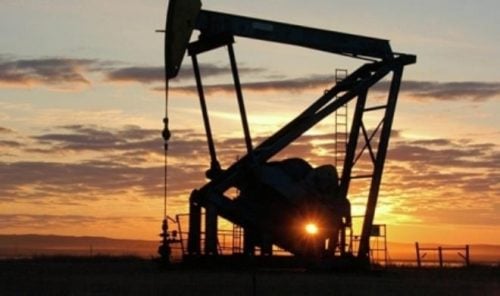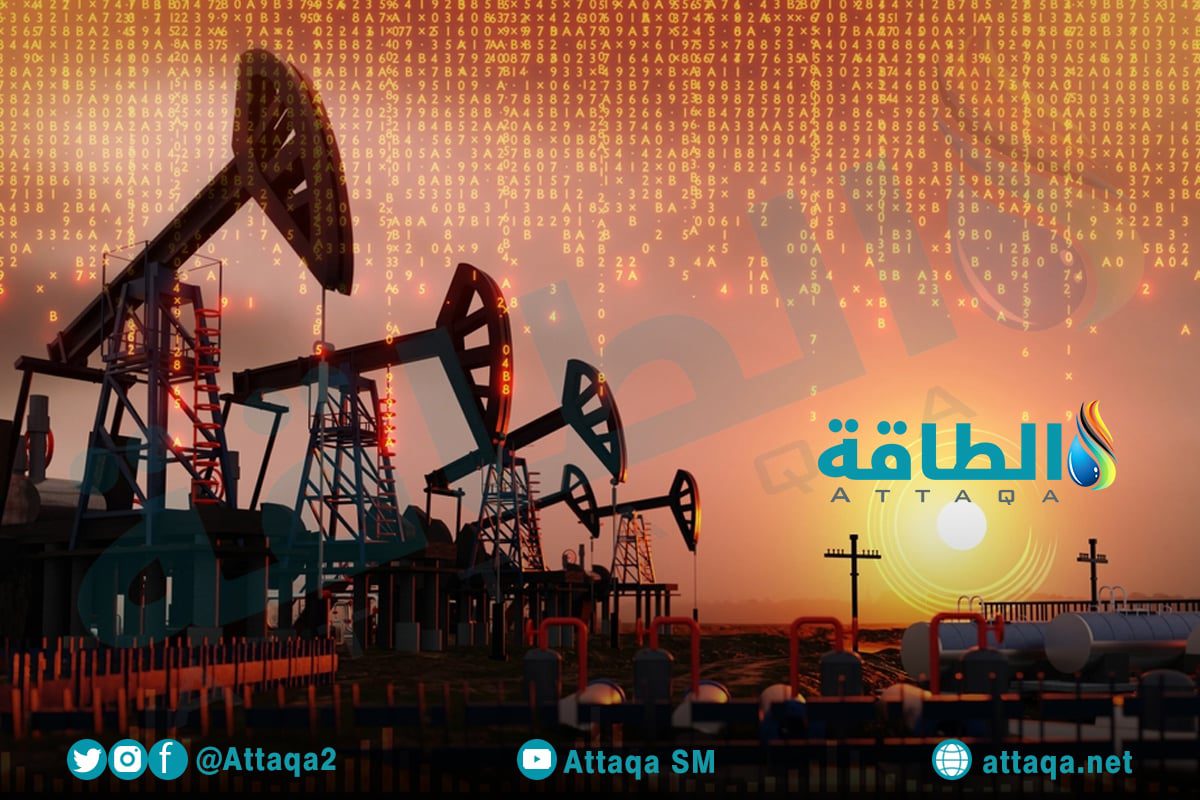Tunisia settled the controversy over the discovery of reservoirs containing huge reserves of oil and gas off the coast of the country near the Libyan border.
A study issued by the American Survey indicated that there are huge reserves of oil and gas off the Tunisian coast, which revived the hopes of those looking for an economic recovery.
The advisor at the Tunisian Oil Activities Corporation, Habib Al-Taroudi, responded to the theses of the American study, stressing that geological studies squander these numbers and link the extent of the success of the oil fields to the results that may lead to new exploration operations.
The US Geological Survey confirmed the discovery of two large basins of oil and gas, located on large areas, extending between Libya and Tunisia.
The researchers reported to the authority that there are about 4 trillion barrels of oil, 38.5 trillion cubic feet of natural gas, and 1.47 trillion barrels of gas condensate in Libya and Tunisia.
Inaccurate study
Al-Tarudi explained that the report issued by the US Survey Agency on huge oil reserves in the coast is just a geological study that took place in the Sirte Basin belonging to Libya and the neighboring basins and what is known as the Tunisian Pelagie Basin.
He pointed out that the basin includes the Gulf of Gabes, the Gulf of Hammamet, the Sahel region, Sfax, Tunisia and Kairouan, all the way to the tribal homeland, and the field constitutes a geological basin rich in sediments.
He added that many studies have been published on this field, including a study that found the presence of the majority of elements that could indicate the presence of crude oil.
He stressed that the region has witnessed, since the seventies of the last century, seismic surveys of nearly 200,000 km, and 220 wells were drilled in the Gulf of Gabes, Hammamet and the national tribal coast, and the surveys led to the discovery of the fields of “Astarte”, “Amilkar”, “Sadr Baal” and “Siresna”. And “Sidi Kilani”, “Ramora”, “Bili” and “El Menzah”, but the basin has not witnessed any discovery since 1990.
He pointed out that the majority of these fields record a natural and continuous decline in production, according to the Tunisian News Agency.
He stressed that exploration operations have stopped, because all studies have proven that there are no reservoirs in the aforementioned abundance that are capable of producing oil.
He added that, with the exception of the “Alyssa 3” and “Mahdia 3” fields, no other wells have been drilled since 2009 at the level of the Tunisian Pelagian basin, indicating that the production at the level of the two wells is very weak.
seismic surveys
Al-Habib Al-Tarudi stated that the study prepared by the American Survey Corporation dates back to before 2011, and as long as it does not depend on the study and seismic analyzes available in these seismic basins, it remains inaccurate, especially since it is the seismic survey technique that can give an idea to researchers about the existence of reservoirs. and size.
And he considered that the document issued by the American Survey is unreliable as a scientific reference, especially in light of its lack of reliance on the results of the seismic survey, which constitutes a fundamental pillar in evaluating the oil reservoirs of a region.
And the American authority indicated that the first basin is located in Tunisia “Budbous”, which is a giant field that extends along the eastern coasts, part of it is located on land, while the largest part of it is located in the sea, starting in the north from the coasts of Bizerte and the Gulf of Tunis, passing through the tribal homeland of Nabeul, the coast, Kairouan and Sfax. And the Gulf of Gabes to Ben Guerdane and the maritime borders with Libya, to continue its extension within the Libyan waters and lands to the city of Misrata, while the other field is located in Libya, which is the Sirte field in central Libya in the Gulf of Sirte.
Pelagian Basin
The advisor at the Tunisian Oil Activities Corporation, Habib Al-Taroudi, confirmed work on re-implementing in-depth studies for exploration and attracting investors.
He added that the Pelagian Basin is not attractive for investments, and many oil companies consider it unable to achieve positive results from production or provide oil and gas resources if invested in it, especially after the discovery of the most important Tunisian fields such as “Amilcar” and “Hasdrubal”.
He stressed that the Tunisian Oil Activities Corporation is making efforts to develop exploration operations, especially through the use of modern technologies and benefiting from multidisciplinary studies, which are considered an essential reference, pointing out that drilling 300 wells at the level of this basin is not sufficient to give a clear picture of the capabilities of the basin, stressing that the studies It indicates the need to drill a well every square kilometer.
He said that the door is open to any studies based on a scientific and technical reference that is correct and not random, noting that the Pelagian basin, especially the onshore area on the coastal side, could contain unconventional reservoirs.

Oil and gas exploration
The expert spoke about the map of oil and gas exploration in Tunisia, explaining that his country has not attracted any large-scale exploration company for about 15 years that has knowledge and experience in exploration for two reasons, the first of which is that the Tunisian basins are geologically complex, especially in the north and the center, and the other reason is that they are considered profitable. low.
He called on the Tunisian government to expedite the process of including new provisions on the hydrocarbons law, which is being revised to allow investments in the field of fossil energy.
The well map in Tunisia consists of 1,100 wells, but about 80% of them fall within the non-productive wells, which makes the risk of exploration high, and the success rate does not exceed 10% only.
The wells are located at a depth of more than 3 kilometers, which makes the cost of drilling and equipping them up to the production stage high, as the cost of one well on land ranges between 15 and 20 million dollars, and at sea level between 40 and 50 million dollars.
He explained that the oil map in Tunisia led to a decline in production from about 80,000 barrels per day during the year 2000, to about 35,000 barrels per day at the present time, which made the country fall under an energy deficit ranging between 50 and 60%.
the solid gas
The doctor in petroleum geology, advisor at the Tunisian Corporation for Petroleum Activities, Habib Al-Taroudi – about the possibility of moving towards investment in shale gas – stated that in 2010 a study was carried out on shale gas reservoirs in which a group of engineers and experts participated at the level of the Ghadames basin in southern Tunisia, which is A study that is considered a reference in the field.
The results concluded that shale gas in the Ghadames basin could reduce Tunisia’s energy deficit, as the study confirmed the availability of between 10 and 15 trillion cubic feet of gas.
He pointed out that the exploration of shale gas requires drilling one or two wells or 3 typical wells, in order to reach the truth about the availability of reserves or not, and this process has not yet taken place in Tunisia, although Algeria drilled a model well, and experts confirmed the presence of shale gas.
related topics..
Also read..

Leave a Reply